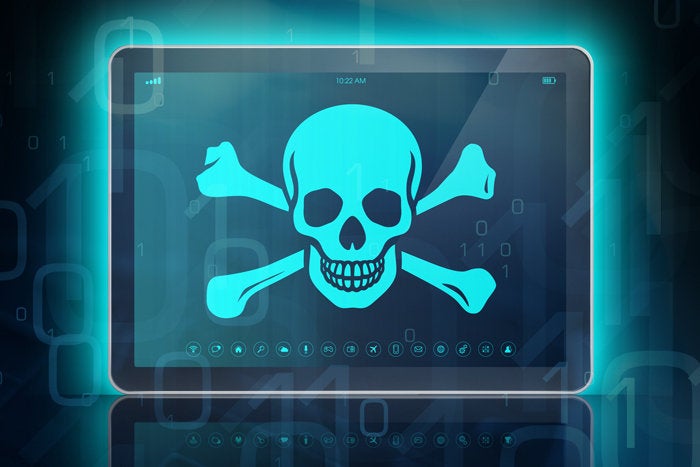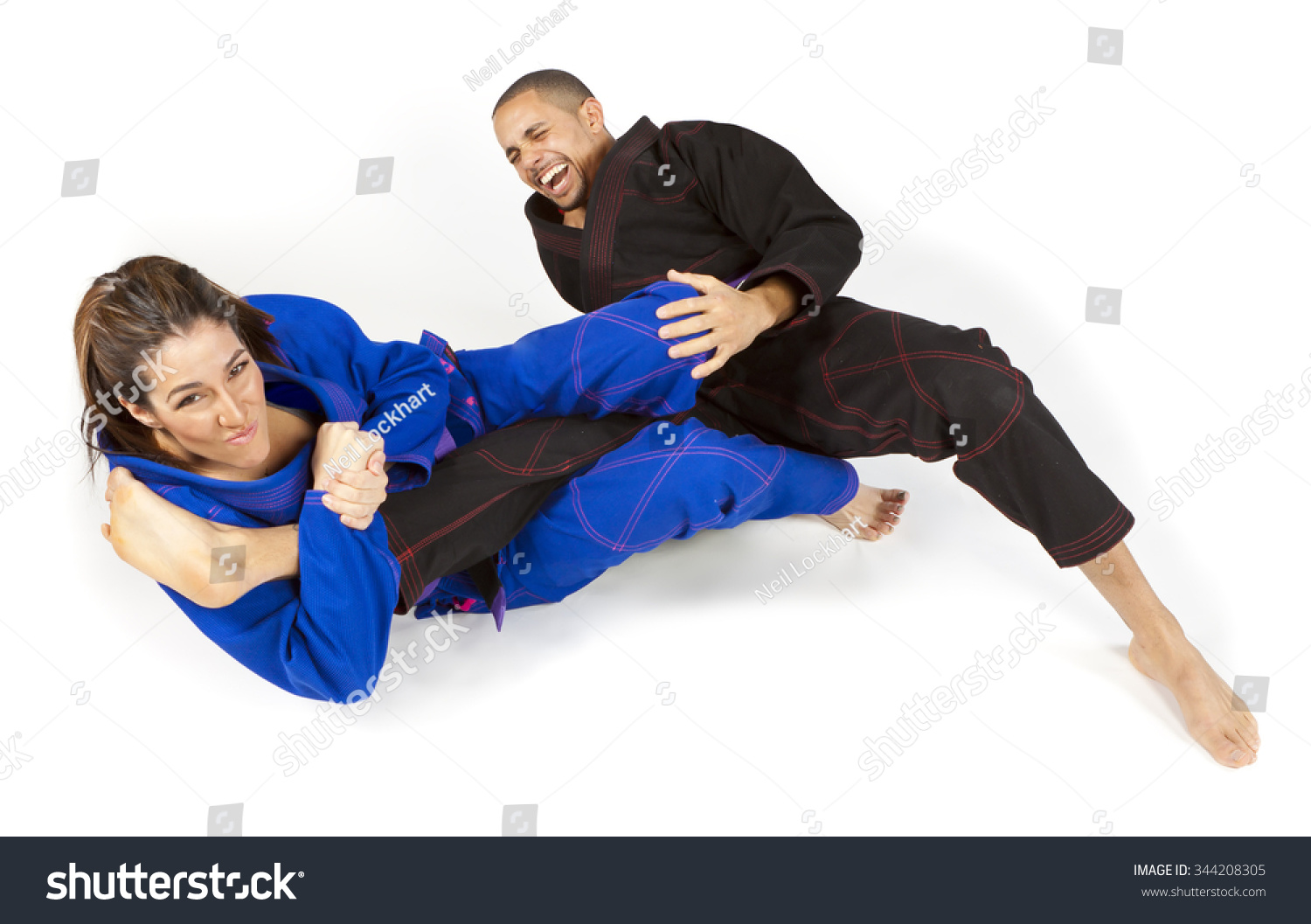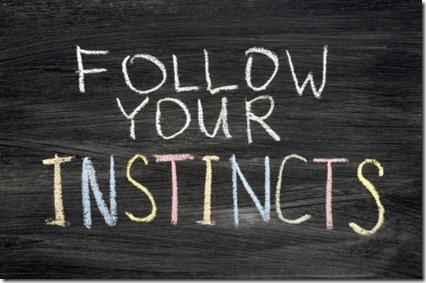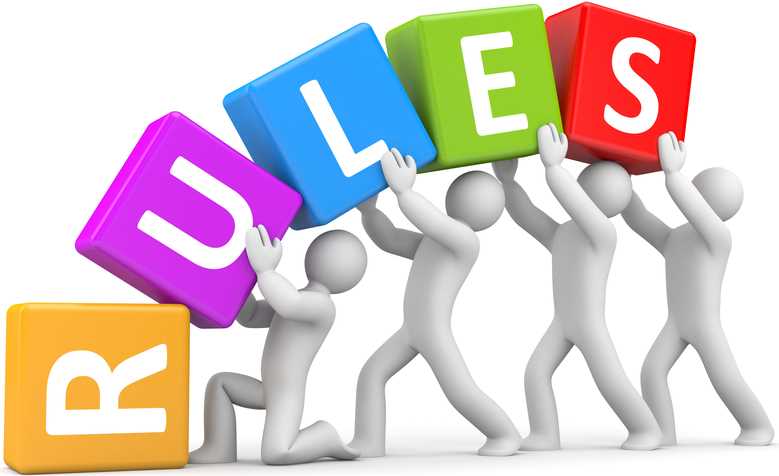I´d like you to think hard on something that dawned on me…or maybe gnawed at me…today. The discrepancy (actually the chasm) between actual threat and perceived threat. Even industry “experts” propagate this myth. Actually predominantly. This´ll be short but sweet. In the previous little community/block in which we lived in Canada, we had a noted wife-beater who’d told his wife he was going to kill her at some point. (listen when people give you all the information you need to know) We had another gentleman who had multiple familial witnesses admit that he used to cut the heads off of little kittens when younger….with a machete or mower…and he thought it was hilarious. (But didn’t some serial-killers….digressing, never mind) We had someone who killed a 14-year old dog by smashing it over the head either with something heavy and hard, or bare-handed and repeatedly. The vet confirmed the cause of death and I carried that dog to be buried in the out-back after being a loyal family pet/friend/protector since birth. (Seniors, women, and kids be on the lookout, because when one can take their closet frustrations out on animals…)

We had a long-time neighborhood employee who took a 360-degree video of the common area and all its entrances “for a friend” and got very, very nervous and defensive for no reason when he saw I was sitting there unnoticed. (He had all the gate codes and keys, ironically, we just prior had a group break-in in the neighborhood and coincidences are not a big thing for me) A thief worker that ripped off $1000 from his owner before being caught on video. (by yours truly) A neighbor with a serious drug-problem where he blew all his assets from a well-paying job and had a violent streak….but only when he was high, of course. A guy who beat up an aged-senior of 85. These s-t-i-l-l weren’t the worst indiscretions considering the seriously-criminal ones I’m not able to mention due to legal restraints. And these allll still weren’t even including the minor yet often disconcerting other elements that we heard “through-the-grapevine”…..little personal idiosyncrasies and secrets that others told us about: porn-addictions, professional ethics issues, slander, sabotage, bullying, love triangles, illegal gun-ownership, dangerous dogs that have since killed other dogs, etc. etc. etc. To be honest, the only difference I see with my previous and post neighborhoods lived…is that I wasn’t blessed with quite as much information on those elements of my neighbors, though I’m damn sure their versions of similar stories were present and accounted-for.
Yet, many in the neighborhood got together every so often for neighborhood-watch meetings to discuss how we could up the security-factor on the block from those potential criminals OUTSIDE THE COMMUNITY. It’s an irony that I sometimes had trouble fathoming. My point is: I do NOT believe this is any type of aberration or some unique glitch, either. I tend to think this is often almost every neighborhood in the Americas. (as it’s all I can speak on behalf of, first-hand, having lived in 2 parts of it extensively and traveled to others) We are just now starting to openly acknowledge that rape-threats to women far more often come from those who are in their already-established circle of friends, acquaintances, and satellites, not the random violent stranger in the dark of night on some street corner. That’s equally-true with “general” violence as well. Why do we treat general violence any differently? Blinders? Biases? Bad math and “animal” identification issues? (2+2 is usually 4, for the most part and if it looks/walks/acts like a fox, it’s generally not a groundhog)
I wonder how many little hidden dangers exist next-door that we either are unaware of or refuse to acknowledge because they’re known entities – the people actually infiltrating our daily lives. (They could never hurt us, just others in the neighborhood or those in their own house, right? Let me tell you, if they’re willing to hurt the loved ones in their own house, torture or kill the neighborhood animals, psychologically do damage to other people’s kids, beat the senior next door….they’ll have no problem hurting you if they’re able and you cross them intentionally…even accidentally)
Now, let me be clear, I am not downplaying or undermining the idea of “stranger danger.” I have experienced a lot of it in my life, without question. They exist, they are real, and they are active – and it pays to prepare for them. BUT, if we are talking cumulative damage outside of a one-time or short-term incident, I can honestly tell you I have experienced far more profound, long-term, ongoing, and deeply-internal pain from those I knew. “Friends” that come as a wolf in sheep´s clothing, bad crowds, resentful or jealous allies, romantic partners who want to break you down from the inside out, satellites who come with your seeming best-interest in-mind, and yes, family. By far and no comparison a greater pervasive and trauma-building issue to safety, security, and sanity. Really assess this in your own life as well, I bet you´ll come to some rather stunning conclusions, if you haven´t already. In this regard, so often the self-defense industry seems completely bass-ackwards in their threat assessment.
I also bet most instructors themselves, though not willing to admit as much, have far more emotional, psychological, mental, and spiritual damage done by supposed loved ones than street-predators – yet those events and the potential for those events in students generally go completely unaddressed so as to divert the attention onto the predator around the corner, which is far easier to fantasize letting loose on and avoiding the real underlying issues that aren´t so easy as you, I, and everyone else to address and acknowledge due to shame, perceived failure, trauma, and vulnerability.
I’ve found the people around me – both sometimes by choice and not-so – to be far more of a personal-protection issue than the lurking-prowler, if evaluating the volume of both in my life to-date. At the end of the day, I guess bogeymen and the faceless criminal are far easier to prep for in a disconnected and desensitized (and rare…) manner than the one you say “hi” to every morning that lives next door – you know, the one that might actually be a legit concern and cause you some lifted eyebrows before continuing on with your day blindly….
Something to ponder.



















